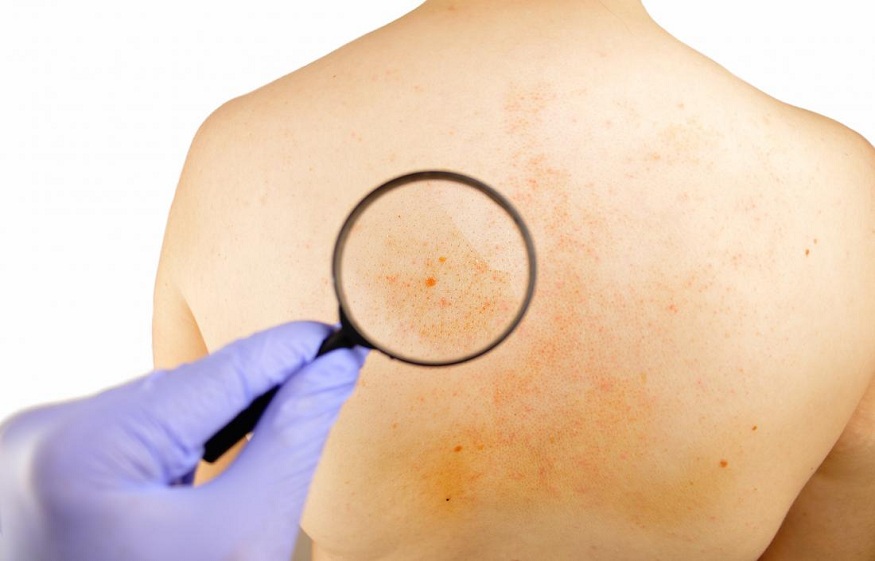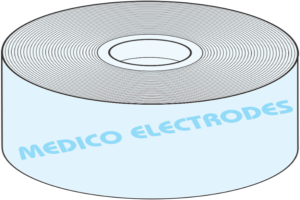What is bruises, their Types, and symptoms?

Discolorations due to blows, falls, or any impact that does not cause open wounds can be minor or cause fractures or internal injuries. Learn to distinguish their severity and how to handle them.
A contusion is caused when there is a blow, fall, or any impact on the skin, but without breaking its continuity or causing open wounds. However, the severity of a concussion should never be underestimated; Even if there is no blood, a blow of moderate-intensity could damage muscles, tendons, and even internal organs and lead to severe internal bleeding.
Bruises are a reason for first aid since they are usually the most common injury in any accident type. Anyone can provide first aid in the event of a concussion, so everyone must know the procedures to follow to minimize risks.
Contusions in children and athletes
This type of injury is very ordinary and even necessary during childhood and growth. Young children who are beginning to move on their own do not yet have sufficient control and balance, so they will fall and bump into each other. We say that they are necessary because of this, the children will make an effort not to fall and learn to maintain their balance.
Athletes are another group in which bruises predominate, especially in contact sports where players can make movements that hit the opponent or those in which a ball is put in motion that can also hit the athlete. For example, in basketball and handball, it is widespread to bruise the finger when the player does not receive the ball correctly, and it hits the finger sharply. The finger swells and turns purple, it is very painful to touch and movement, and there is a heat sensation. If the discoloration is extreme, the finger can be immobilized with a splint. This type of bruise is treated with the contrast of heat and cold.
Most common bruises
Some of the areas of the body are more prone to bruising:
Head
Head blows are pretty standard in children for several reasons. The first is that compared to adults, children from 0 to 4 years old have a giant head in proportion to their body, making it more difficult for them to stabilize. And secondly, most of the houses’ furniture is usually at that height, leading to small collisions. Although a blow to the head is very conspicuous and should not be underestimated, most of the time, the discoloration leaves a bump that is painful to the touch but disappears after four to five days.
Knees
The knees, being prominent and poorly protected joints, are vulnerable since, in a forward fall, they are the point of support and receive the impact. These injuries are more annoying since the knees are used for all movement movements.
Hands
In a frontal fall, the first reflex action is to support the hands to protect the face from the blow. The wrist, elbow, and shoulder joints act as shock absorbers and absorb shock, but the hands contact the ground. They are not usually severe bruises because the skin on the palms is more complex and more resistant since they are prepared to resist blows of this type.
Types of bruises and symptoms
Contusions can be classified according to the intensity of the impact, and the severity ranges from the rupture of small vessels to the injury of internal organs or tissues. Each type of contusion will require extra care and treatment:
- Minimal contusions: not considered risky and do not require treatment. Due to the blow, tiny capillaries are broken, causing local redness in the area, called erythema, which disappears after a few minutes. They are not very painful, and you may feel a tingling sensation, such as a slap.
- Minor or first-degree contusions: the blow causes the rupture of capillaries and some local and superficial blood vessels; the typical purplish-red cardinal appears on the skin due to the blood leaving the circulatory system. There is pain, especially to the touch, and as the days go by and the degradation of blood cells occurs, the lesion changes color, going from red to yellowish and, finally, disappears after four or five days. An example would be the typical blow to the knee, which turns purple but does not cause discomfort.
- Moderate or second-degree contusions: the impact is more substantial and affects larger vessels which, when broken, cause an accumulation of liquids in the injured area, thus causing a hematoma. The pain appears in the area and swelling, with a purple color. It is usually reabsorbed, although it takes a little longer to disappear than the mild ones. Athletes often suffer bruises of this type, usually caused by falls or collisions with other players.
- Severe or third-degree contusions: although the blow does not damage or break the skin’s surface, it damages the vessels so that the blood stops irritating the area, which causes the necrosis (or death) of the tissues. In this case, the injured area will be cold, swollen, and stiff. These types of blows also often cause fractures and damage to internal organs. They are the most common injury in traffic accidents.







